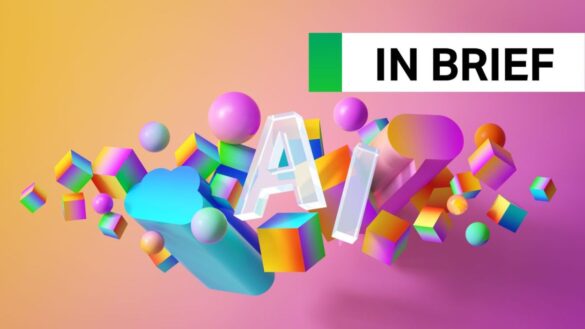The Ethics of AI-Generated Art: A Thoughtful Perspective
Table of Contents
Can Machines Truly Create?
In the rapidly evolving landscape of artificial intelligence, the question of whether machines can truly create art has become a subject of intense debate. Renowned science fiction author Ted Chiang, celebrated for his thought-provoking works like “Story of Your Life,” which inspired the acclaimed film “Arrival,” firmly believes that generative AI should not be allowed to produce authentic art. Chiang’s stance reflects a growing concern among artists and intellectuals about the potential impact of AI on creativity and human expression.
While AI algorithms can undoubtedly generate impressive visual outputs, Chiang argues that true art requires a level of human consciousness, emotion, and intentionality that machines currently lack. He posits that art is not merely a technical process but a deeply personal act of communication and reflection, rooted in the lived experiences and unique perspectives of its creators.
The Value of Human Creativity
Chiang’s perspective highlights the inherent value of human creativity. In an age where technology increasingly automates tasks, it is crucial to recognize and celebrate the irreplaceable qualities that distinguish human art from machine-generated output. The ability to empathize, to draw inspiration from personal experiences, and to imbue creations with emotional depth are all hallmarks of human artistry that cannot be replicated by algorithms.
Furthermore, the act of creating art is often a journey of self-discovery and exploration. It allows us to process our emotions, make sense of the world around us, and connect with others on a deeper level. By fostering a culture that values human creativity, we can ensure that art continues to serve as a powerful force for individual growth and societal enrichment.
The Future of Art in an AI-Driven World
As AI technology advances, it is essential to have ongoing conversations about the ethical implications of its use in creative fields. While AI can undoubtedly be a valuable tool for artists, it should not be seen as a replacement for human creativity. Instead, we should strive to find ways to harness the power of AI to augment and enhance human artistic expression.
By embracing a collaborative approach that combines the strengths of both humans and machines, we can create a future where art continues to flourish and inspire us all. For more insights on the intersection of technology and creativity, explore our Creative Technology section.


